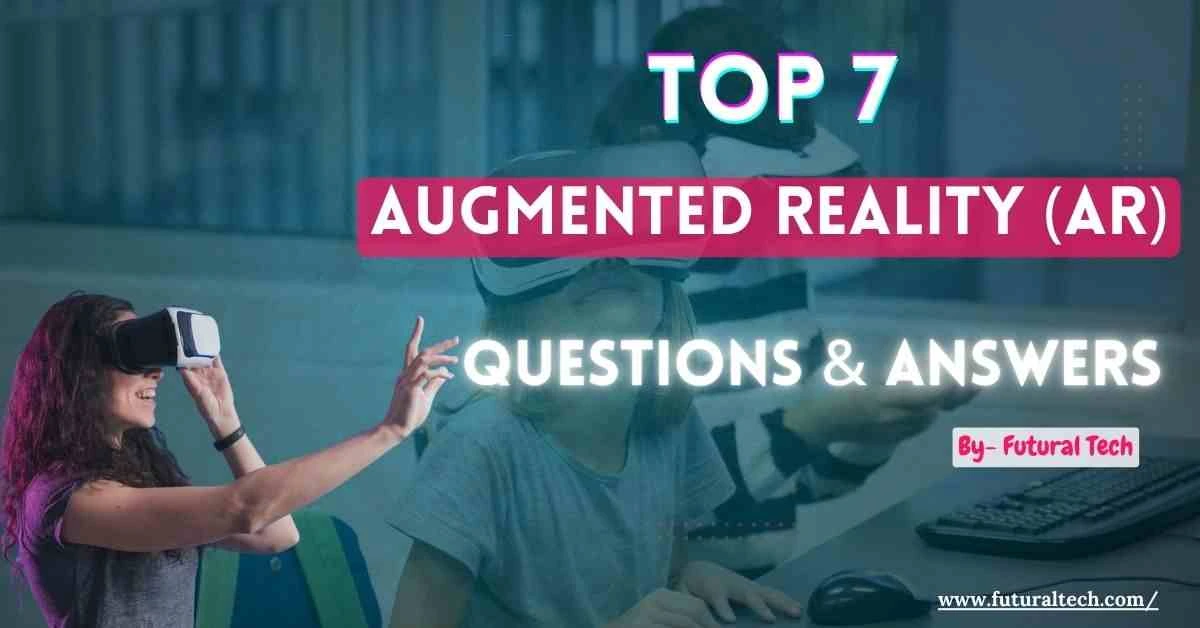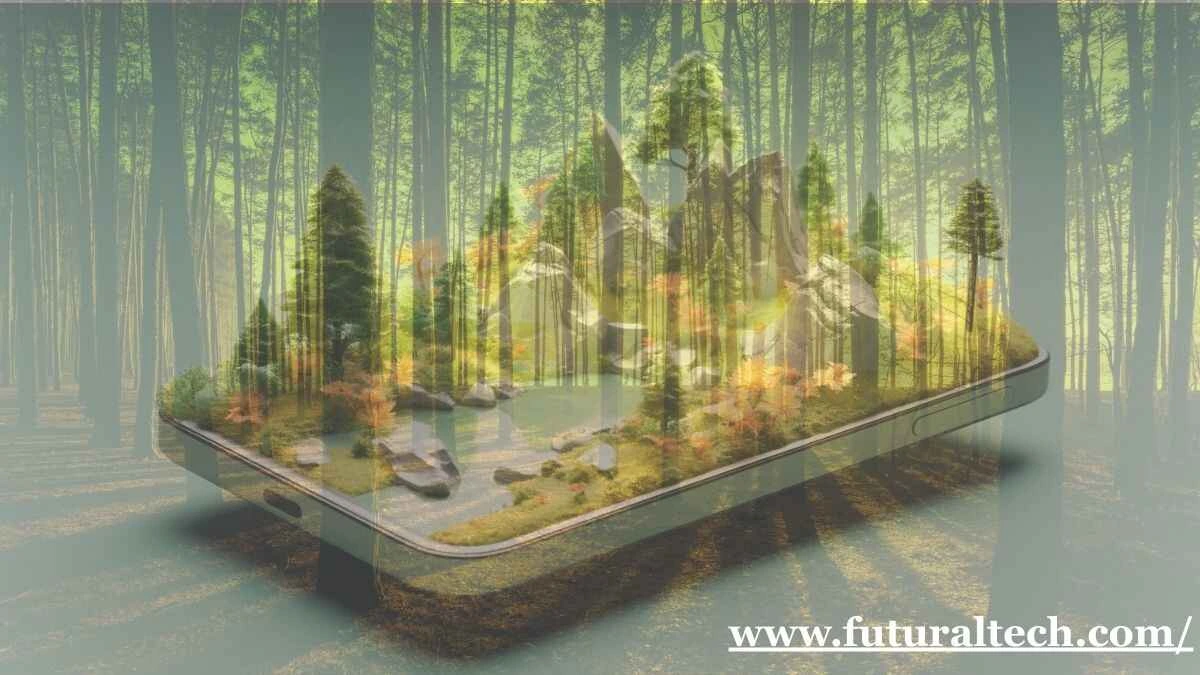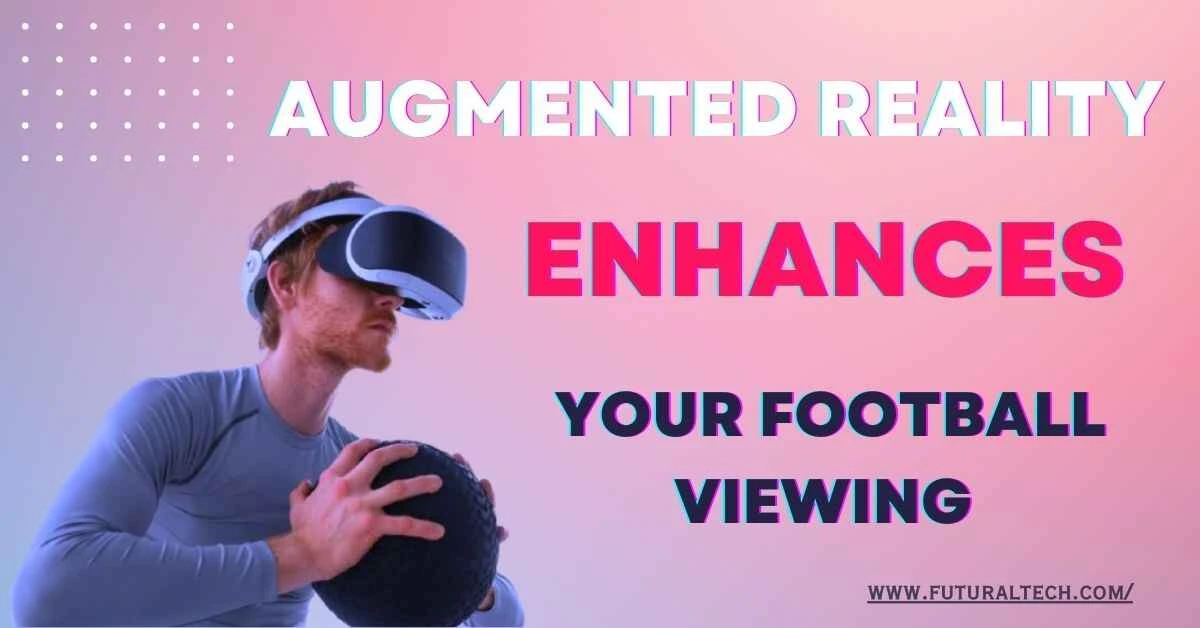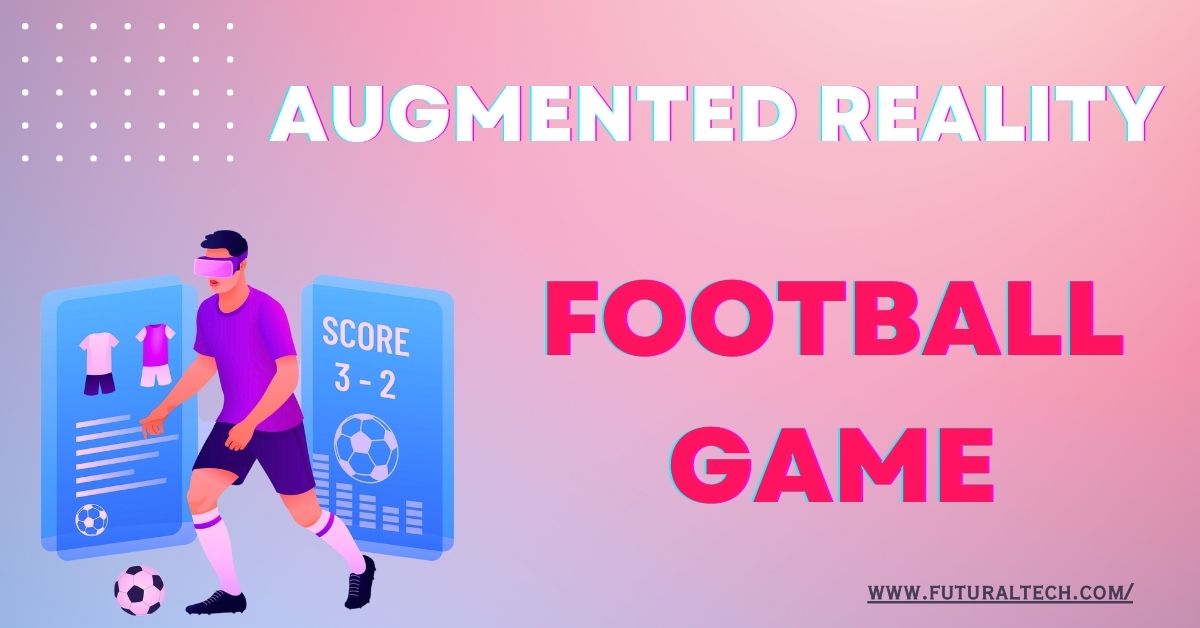How Does Augmented Reality (AR) Improve Student Learning?
By- Raj 18th-Sep-2024
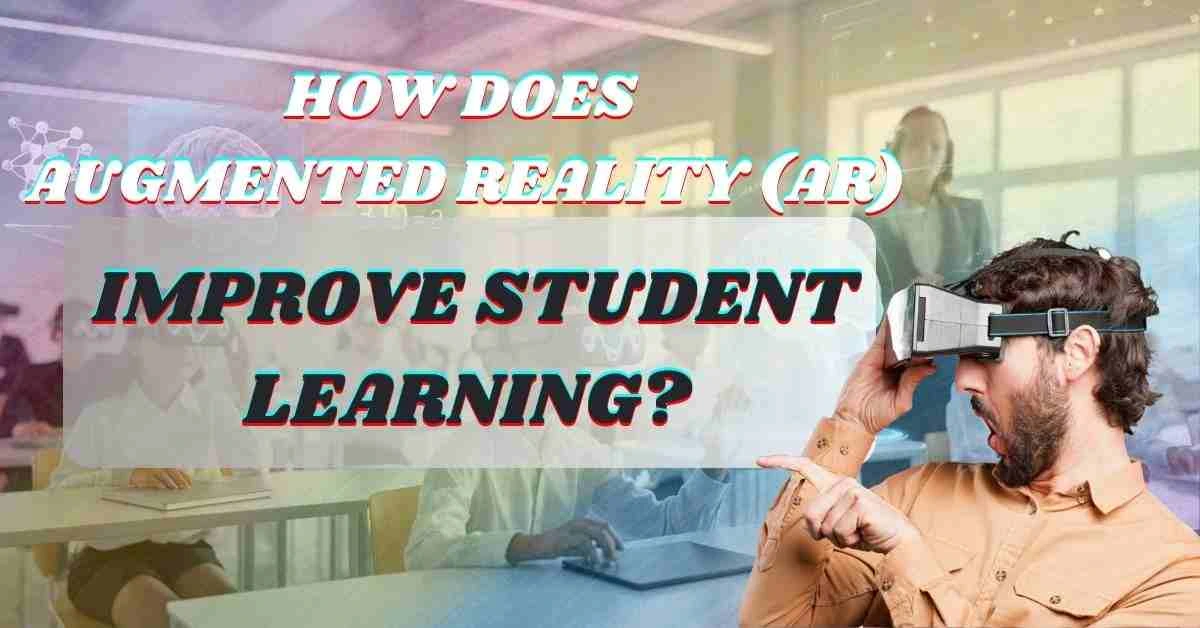
Now, the classrooms are changing fast with innovative technologies like Augmented Reality. AR overlays digital information including images, sounds, and interactive content on the real world using various devices such as smartphones, tablets, and even AR glasses. It is a powerful tool that transforms how students can engage with their educational materials. But how does this technology help improve learning for the students? Let's dig deeper into how this fabulous technology is changing education.
What is Augmented Reality?
Augmented Reality simply overlays something onto the users' environment. In this scenario, their physical reality is augmented or enhanced by the digital add-ons, making the learning experience more realistic. Virtual Reality, on the other hand, totally immerses into a different kind of digital space, so Augmented Reality merges those two; one can look through their device and see something in the textbook come to life, be able to touch 3D objects or, as an example, witness historical events firsthand as though they were really happening in front of them.
Role of AR in Education
AR is fast becoming one of educators' favorite tools. This is because learning becomes much more interesting and engaging rather than just the "watch-and-observe" that characterizes traditional teaching where students only read and listen and then watch. Immersion into learning something more that AR does; a virtual walk down ancient Rome's streets is something more than reading about ancient Rome. They may look at a more complex 3D model of the human heart instead of a diagram, rotate it, and view its inner chambers.
Using AR in Student Learning Benefits
Better Engagement and Motivation
The greatest advantage of AR use is that it helps one to pay attention to students. The more an activity is filled with color and interaction in a learning process, the more likely the students will be drawn to a learning activity and study motivationally. AR gives students that "wow" factor that changes a boring subject into a fulfilling subject.
Improved Retention of Material
Different studies have shown that an interactive visual learning method is the best for retaining knowledge. Instead of reading or listening alone, AR involves the ability of the student to interact. It makes them memorize even more the thing being taught.
Complex Concepts Knowledge by Visualization
Some things cannot be learned by just reading about them. AR closes this gap by taking abstract ideas and making it possible to touch the concept. In short, one can imagine the structure of a cell or understand how our solar system works and other space matters in a manner that would be impossible for a textbook.
How AR Strengthens Critical Thinking and Problem-Solving Skills
AR encourages critical thinking since it allows challenges in an interactive form of real life toward solving problems. Example: Students could be challenged to solve a mystery of history based on clues received in an AR format, or they might do some chemistry experiment whereby molecules are being handled in real time. These call for critical thinking, decision-making, and outcome evaluation—the same with the real world.
AR in STEM Education
The natural fit of AR lies in the realm of Science, Technology, Engineering, and Mathematics (STEM). Science class might present AR as recreations of experiments that would otherwise be dangerous or prohibitively expensive. In math, AR can place abstract equations and geometric shapes into the three dimensions where students can better visualize the problems they are solving.
Real-World Applications of AR for STEM Learning
From virtual lab simulations in biology to architectural design models in engineering, AR connects classroom learning with real-life applications. Students do not only learn theory but also how they will be applied in the real world, making education more practical and related.
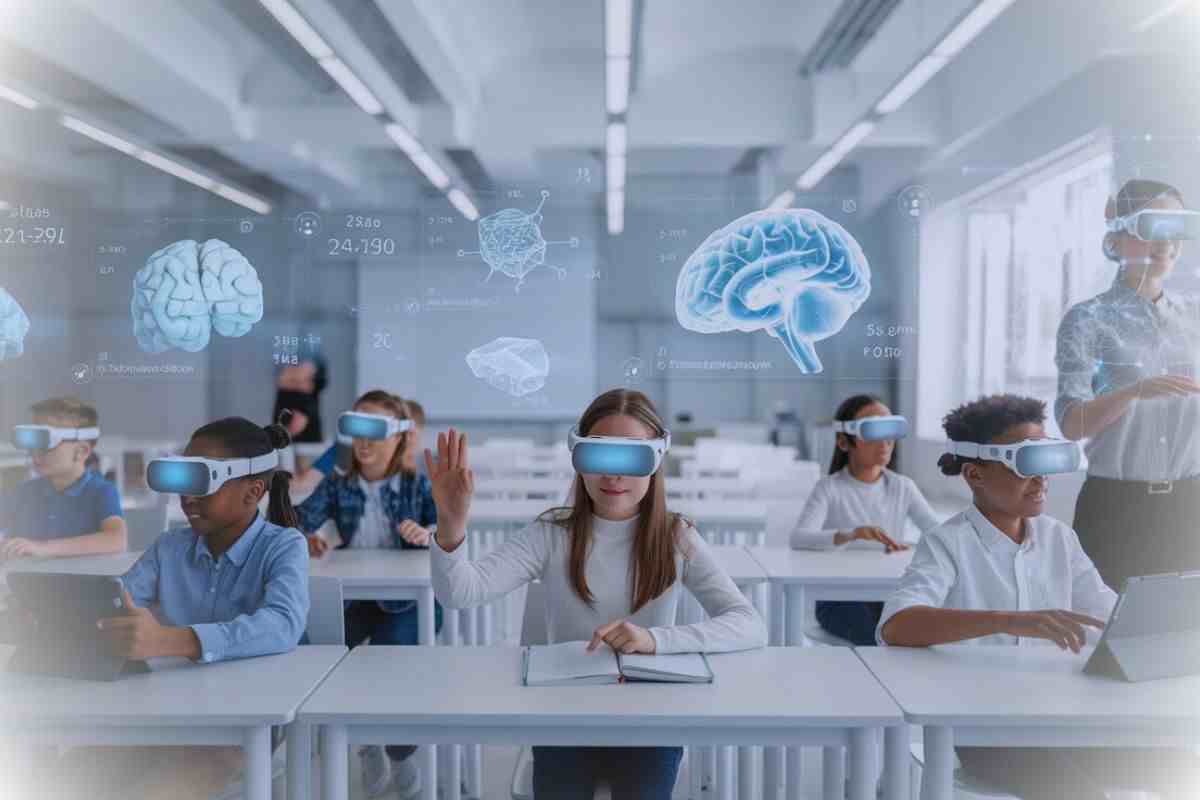
Personalized Learning Through AR
It enables a teacher to provide differentiated instruction. Learning with adaptive AR apps accommodates all their learning styles and enables everyone to learn as much as possible because it offers the chance to learn on an individual basis or at everyone's own pace, trying to catch up on what they are weak at.
Collaborative Learning with AR
It also fosters teamwork. Most AR platforms provide a forum for students to engage in collective activities, working on projects, solving problems, or even virtual debates. This contributes to teamwork, communicational skills, and socialization—a very important component of education.
AR in Distance Learning
As individuals become more comfortable with online schooling, AR can bridge the gap between sitting in a classroom and sitting at home. Students can learn about historical landmarks or participate in virtual science labs from their own homes. This makes distance learning even more exciting and interactive, just like the benefits that the in-classroom experience provides.
Using AR for Special Education
AR is a good intervention for students with special needs as it enables visual and auditory augmentation to help students who have learning disabilities understand complex concepts more effectively. In addition, AR offers sensory enhancements that allow children to learn more effectively if they are failing to do so through traditional learning methods.
Examples of AR Tools in Education
Some AR tools are making an impact in present-day classrooms. For instance, Google Expeditions is an app through which students can take virtual field trips around the world, and with the use of Merge Cube, students can hold 3D objects in their hands. These examples are important because they introduce real-world applications of how AR enhances education.
Challenges in Implementing AR in Education
Even though the benefits are great, AR does come with some disadvantages. First of all, it is not so cheap - devices and software cost a lot, and there is not enough school budget to implement it all together, not to mention training teachers on how to use it properly within the framework of their lesson plans - time and resource investment.
The future of AR in education is bright, as it is going to evolve further once the technology is made cheaper and within easier reach. Such prospects persuade schools to adopt AR tools and pursue such means in the near future. The long-term scope of AR will be immense when it revolutionizes the concept of education to learn interactively, personalized, and more interesting for generations.
Conclusion
It is changing the way of learning with augmented reality, as education is turning interactive and engaging, making it personalized. Whether it is helping students better think or understand complex concepts by making it easier for them to understand or partnering up with students to enhance cooperation in the classroom, AR has much to say in playing an important role in shaping the future of education.

